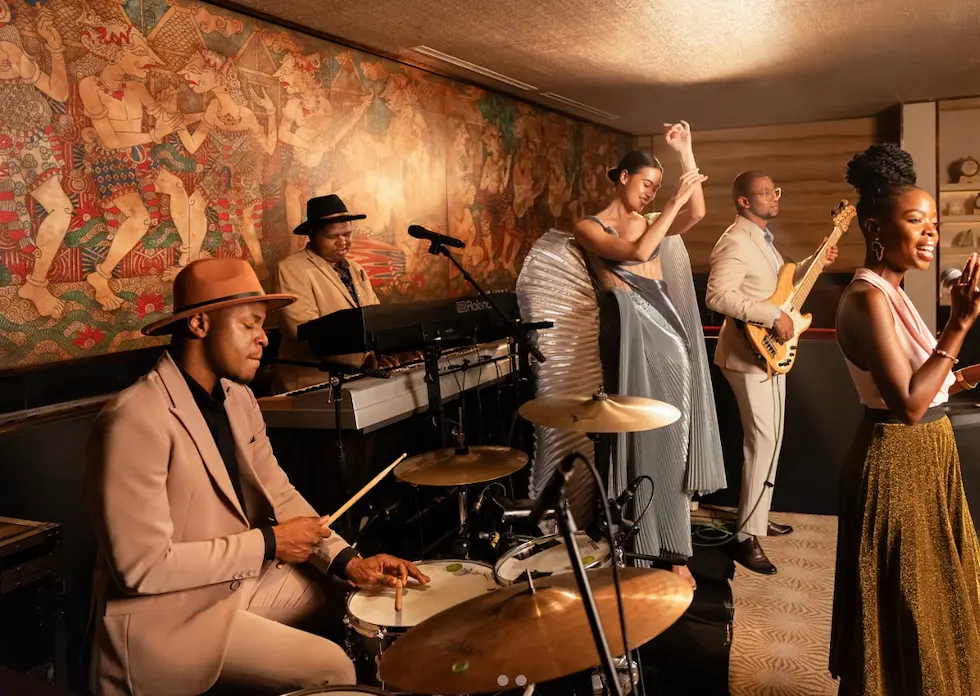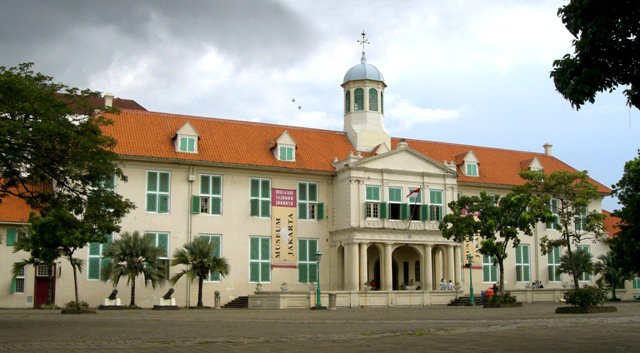The Betawi tribe is an indigenous tribe that lives in the DKI Jakarta area. They are descendants of residents who lived in Batavia or the name DKI Jakarta during the colonial period since the 17th century. Even though they live in an era of very modern technology and there are many newcomers, the Betawi people still don’t forget to preserve their culture and arts. In fact, there are some arts that are already known to foreign people. Here are five traditional performance arts of the Betawi people that you must know.
5 Betawi Traditional Performance Arts You Should Know
Lenong Betawi
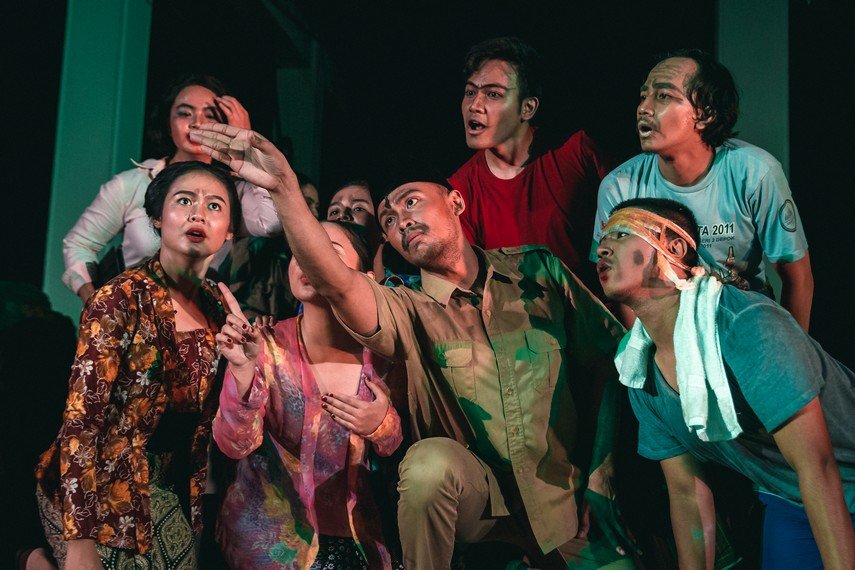
Lenong is a typical Betawi role play which is believed to have developed since the 19th century. There are also several musical instruments to enliven the show such as drums, kromong, gongs, kecrek, and many more. The Lenong players are called panjak and ronggeng, panjak for male players, while ronggeng is female players. In the early days of its development, Lenong’s storylines had many royal themes, along with the progress of the times, Betawi lenong stories raised many daily themes and wrapped in comedy.
Ondel-Ondel
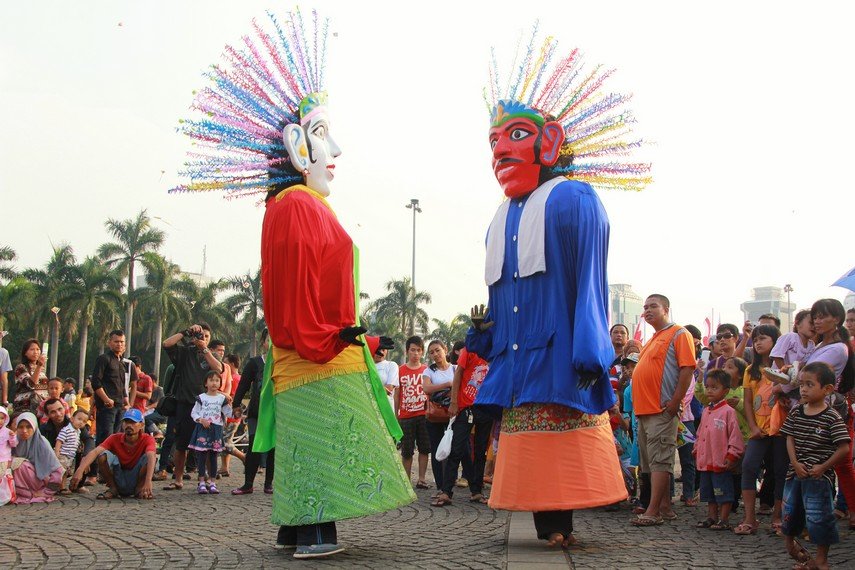
Ondel-Ondel is very familiarly known to the wider community as a typical Betawi art. This doll measuring about two meters is usually present at official and non-official events, from weddings, Jakarta anniversary, and Independence Day to street orchestras. Ondel-Ondel dolls usually appear in pairs and are paraded around to the accompaniment of traditional music. In general, Ondel-Ondel dolls have the same shape and pattern, although the colors are quite varied. At first, Ondel-Ondel functioned as a repellent to calamity or ghosts that roamed around.
Palang Pintu
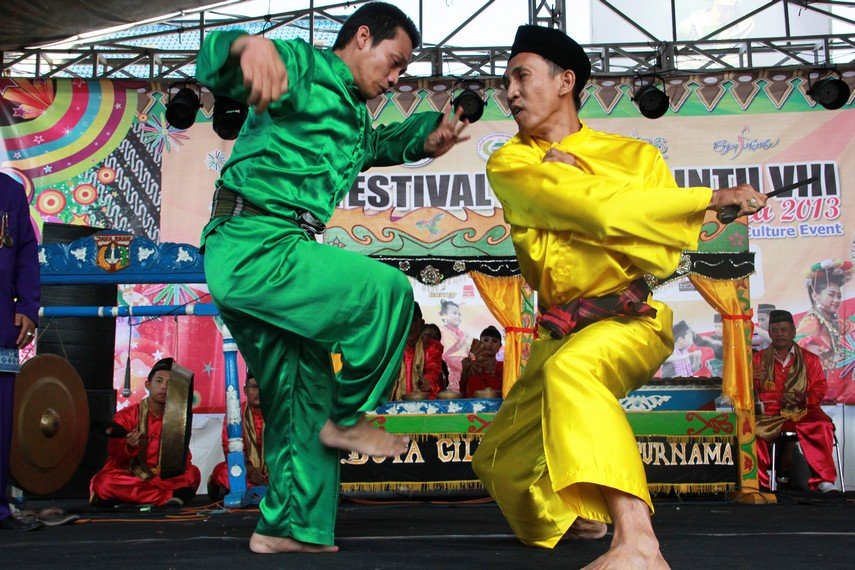
Palang Pintu is a typical Betawi tradition in welcoming guests, therefore the implementation of this art is generally displayed at weddings, receiving guests of honor, and others. The Palang Pintu procession usually begins with a rhyme accompanied by marawis or tanjidor music. In addition, Palang Pintu presents silat (martial art) competition attractions which usually intentionally use sharp weapons attributes between the guests and the receptionists. During a martial art showcase, rhymes accompanied by marawis music, gambang kromong, or tanjidor are generally still played.
Tanjidor
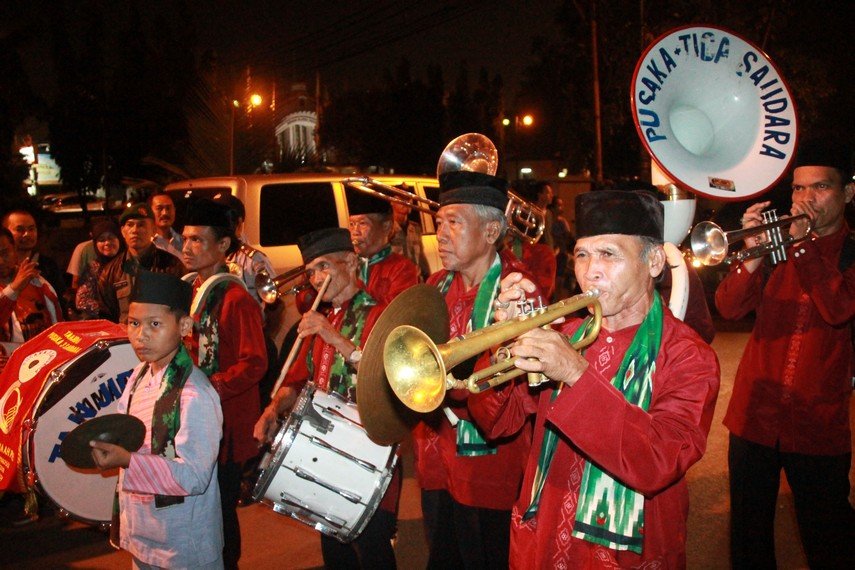
Tanjidor is typical art of the Betawi people which is very synonymous with distinctive musical accompaniment. Musical instruments that are often used in Tanjidor performances are clarinet, trumpet, piston, trombone, and many more. Performers of this art music are usually around 7 to 10 people. At first, the tanjidor was dedicated to the colonial Dutch people. So tanjidor was more often played by slaves to entertain their masters. As slavery was abolished, the tanjidor was used as an accompaniment to parties or wedding celebrations. The existence of Tanjidor itself cannot be separated from the influence of European culture, especially Portuguese.
Wayang Golek
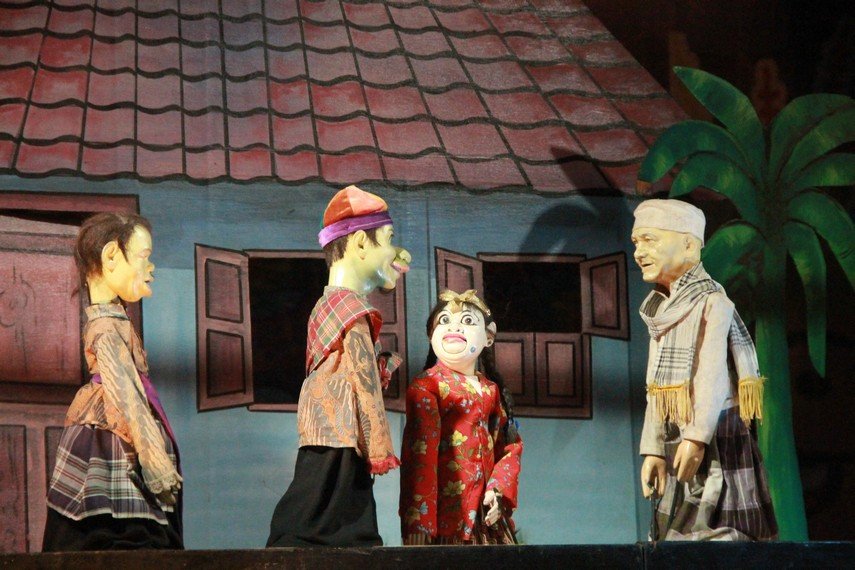
Wayangs (puppet plays) do not only come from areas such as East Java, Central Java, or DI Yogyakarta, but also come from Betawi. This wayang from Betawi has a very distinctive show. Historically, the Betawi puppet show was created by a man named Tizar Purbaya. Wayang Golek Betawi show is a combination of various types of arts such as lenong, wayang, to xylophone kromong. The uniqueness of the Betawi’s show is that there are several dolls that can emit smoke, dance



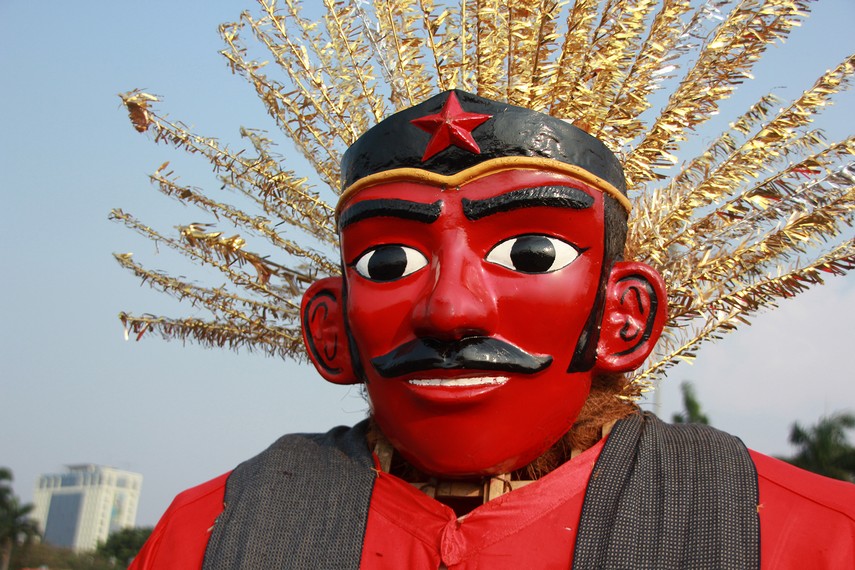
 Stallone Tjia
Stallone Tjia
 Dec 13, 2025
Dec 13, 2025




